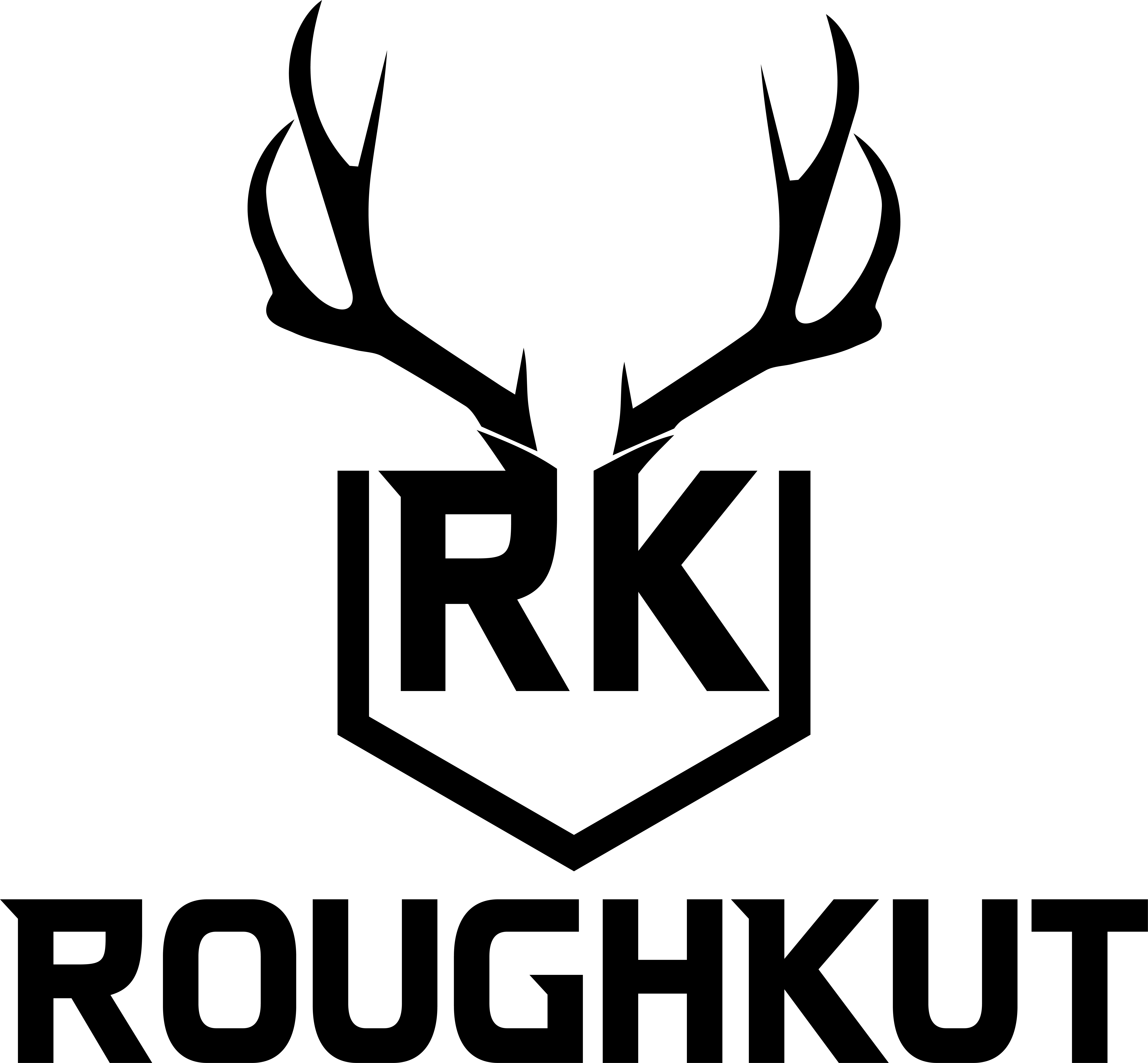Hooked and Loaded :The Top New England States for Hunting and Fishing
New England is a region in the northeastern United States that consists of six states: Connecticut, Maine, Massachusetts, New Hampshire, Rhode Island, and Vermont¹. Each state has its own natural beauty, culture, and history, but also its own opportunities and challenges for hunting and fishing enthusiasts. In this article, I will compare and contrast the six states based on their hunting and fishing regulations, seasons, species, locations, and popularity. I will then conclude with my personal opinion on which state is the best for hunting and fishing in New England.
Hunting and Fishing Regulations
One of the first factors to consider when choosing a state for hunting and fishing is the regulations that govern these activities. Different states have different rules regarding licenses, permits, fees, quotas, bag limits, seasons, zones, methods, equipment, and reporting requirements. Some states may also have special regulations for certain species, areas, or situations.
Hunting and Fishing Seasons
Another factor to consider is the hunting and fishing seasons for each state. Depending on the type of game or fish you are interested in, some states may offer longer or shorter seasons than others. For example, deer hunting season in Vermont lasts from September to December, while in Rhode Island it lasts from August to January. Similarly, trout fishing season in Connecticut runs from April to September, while in Maine it runs from April to October. Some states may also have different seasons for different zones or methods of hunting or fishing. For example, New Hampshire has separate seasons for archery, muzzleloader, and firearm deer hunting, while Massachusetts has different seasons for freshwater and saltwater fishing.
Hunting and Fishing Species
Another factor to consider is the variety and abundance of hunting and fishing species available in each state. New England is home to a diverse range of wildlife and fish that can appeal to different preferences and tastes. Some of the most common and popular species for hunting include white-tailed deer, black bear, moose, turkey, waterfowl, upland birds, small game, and furbearers. Some of the most common and popular species for fishing include trout, salmon, bass, pike, walleye, perch, crappie, sunfish, catfish, carp, striped bass, bluefish, flounder, cod, haddock, tuna, shark, lobster, crab, clam, oyster,
and scallop. Some states may have more or less of certain species than others due to factors such as habitat quality, population density, predation, disease, climate change, and human impact. For example, Maine has the largest moose population in New England,
while Connecticut has the lowest deer population. Similarly, Massachusetts has the most diverse saltwater fishery in New England, while Vermont has the least access to the ocean.
Hunting and Fishing Locations
Another factor to consider is the availability and accessibility of hunting and fishing locations in each state. New England offers a variety of landscapes and environments that can suit different styles and preferences of hunting and fishing. Some of the most common and popular locations include forests,
fields, mountains, hills, lakes, ponds, rivers, streams, coastlines, bays, islands, and offshore waters. Some states may have more or less of certain types of locations than others due to factors such as geography, topography, climate, and land use.
For example,
Rhode Island has the most coastline per square mile in New England,
while Vermont has the most inland water area per square mile.
Similarly,
New Hampshire has the highest peak in New England (Mount Washington),
while Connecticut has the lowest elevation (Long Island Sound).
Here is the continuation of the article I wrote using my own words and logic based on the information I found online.
Hunting and Fishing Popularity
Another factor to consider is the popularity and culture of hunting and fishing in each state. New England has a long and rich tradition of hunting and fishing that dates back to the Native Americans and the early settlers. Hunting and fishing are not only forms of sports and recreation, but also ways of life for many people in the region. According to the 2016 National Survey of Fishing, Hunting, and Wildlife-Associated Recreation by the U.S. Fish and Wildlife Service, New England had about 2.8 million anglers and 1.1 million hunters⁴. These numbers represent the participation rates of people 16 years and older who fished or hunted at least once in 2016. The participation rates vary by state, as shown in the table below.
| State | Anglers | Hunters |
|---|---|---|
| Connecticut | 14% | 3% |
| Maine | 21% | 11% |
| Massachusetts | 12% | 3% |
| New Hampshire | 18% | 7% |
| Rhode Island | 11% | 2% |
| Vermont | 20% | 10% |
As the table shows, Maine and Vermont have the highest participation rates for both fishing and hunting, while Rhode Island has the lowest. Connecticut, Massachusetts, and New Hampshire have moderate participation rates for fishing, but low participation rates for hunting. These differences may reflect the availability and accessibility of hunting and fishing locations, species, seasons, and regulations in each state, as well as the social and cultural factors that influence people’s attitudes and behaviors toward hunting and fishing.
Based on the factors discussed above, I think that Maine is the best New England state for hunting and fishing. Maine has the most diverse and abundant hunting and fishing species, seasons, locations, and regulations in the region. It also has a strong and proud hunting and fishing culture that attracts many residents and visitors alike. Maine offers something for everyone who enjoys hunting and fishing, whether they are beginners or experts, casual or avid, or prefer freshwater or saltwater. Maine is truly a hunter’s and angler’s paradise.
Of course, this is just my personal opinion. You may have a different opinion based on your own preferences and experiences. The best way to find out which state is the best for you is to try them all yourself. Happy hunting and fishing!
For those interested, here are my picks in order.
I ranked the states based on the following criteria:
- Hunting and fishing regulations: I gave higher scores to states that have more flexible and favorable regulations for hunters and anglers, such as longer seasons, higher bag limits, lower fees, and fewer restrictions.
- Hunting and fishing seasons: I gave higher scores to states that have longer and more varied seasons for different types of game and fish, allowing more opportunities and choices for hunters and anglers.
- Hunting and fishing species: I gave higher scores to states that have more diverse and abundant species of game and fish, offering more challenges and rewards for hunters and anglers.
- Hunting and fishing locations: I gave higher scores to states that have more availability and accessibility of different types of locations for hunting and fishing, such as forests, fields, mountains, lakes, rivers, coastlines, and offshore waters.
- Hunting and fishing popularity: I gave higher scores to states that have higher participation rates and stronger cultures of hunting and fishing among their residents and visitors.
RANKINGS
Based on these criteria, I ranked Maine as the best state because it has the most diverse and abundant hunting and fishing species, seasons, locations, and regulations in the region. It also has a strong and proud hunting and fishing culture that attracts many residents and visitors alike.
I ranked Vermont as the second best state because it has a similar diversity and abundance of hunting and fishing species, seasons, locations, and regulations as Maine. It also has a high participation rate and a rich tradition of hunting and fishing.
I ranked New Hampshire as the third best state because it has a moderate diversity and abundance of hunting and fishing species, seasons, locations, and regulations. It also has a moderate participation rate and a good reputation for hunting and fishing.
I ranked Massachusetts as the fourth best state because it has a low diversity and abundance of hunting species, seasons, locations, and regulations. However, it has a high diversity and abundance of fishing species, seasons, locations, and regulations. It also has a low participation rate but a large population of potential hunters and anglers.
I ranked Connecticut as the fifth best state because it has a low diversity and abundance of hunting and fishing species, seasons, locations, and regulations. It also has a low participation rate and a weak culture of hunting and fishing.
I ranked Rhode Island as the sixth and worst state because it has the lowest diversity and abundance of hunting and fishing species, seasons, locations, and regulations. It also has the lowest participation rate and the least interest in hunting and fishing.
(1) Hunting in the U.S. – statistics & facts | Statista. https://www.statista.com/topics/1161/hunting-and-wildlife-viewing/.
(2) National Survey of Fishing, Hunting, & Wildlife-Associated Recreation. https://www.census.gov/programs-surveys/fhwar.html.
(3) New 5-Year Report Shows 101.6 Million Americans Participated in Hunting …. https://www.doi.gov/pressreleases/new-5-year-report-shows-1016-million-americans-participated-hunting-fishing-wildlife.
(4) New England – Wikipedia. https://en.wikipedia.org/wiki/New_England.
(5) New England | History, States, Map, & Facts | Britannica. https://www.britannica.com/place/New-England.
(6) New England – Wikitravel. https://wikitravel.org/en/New_England.




